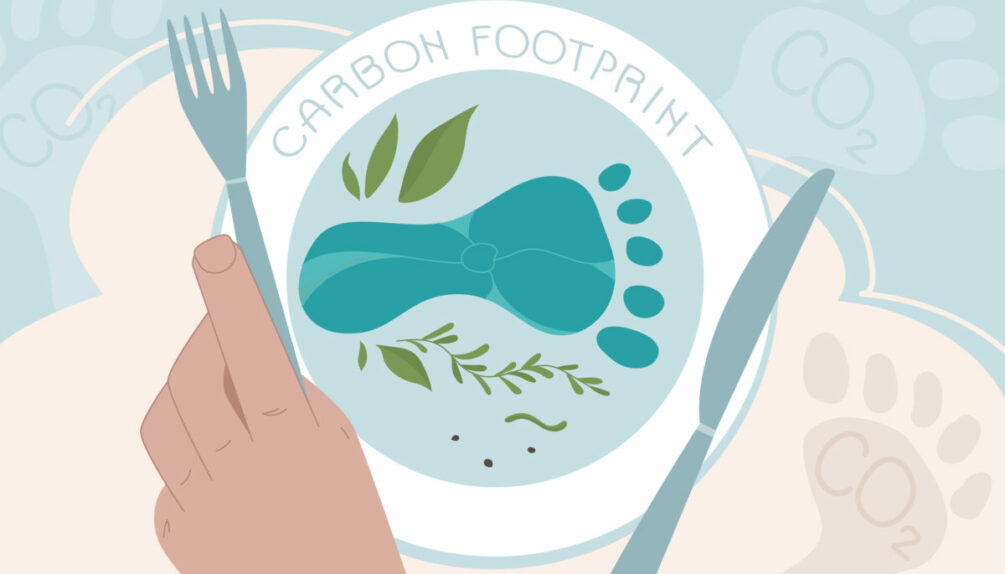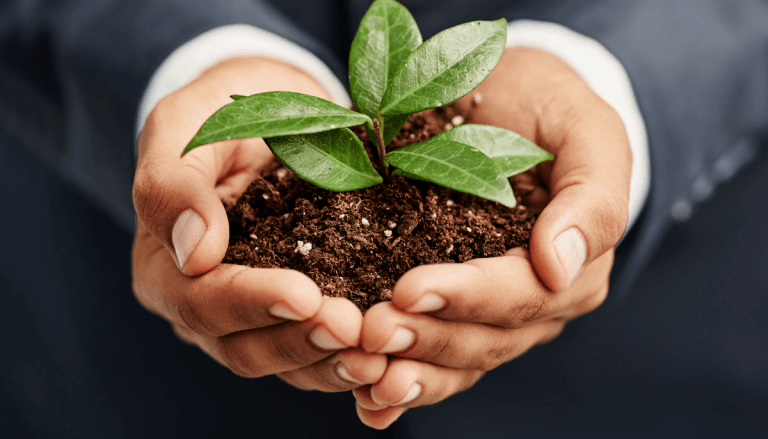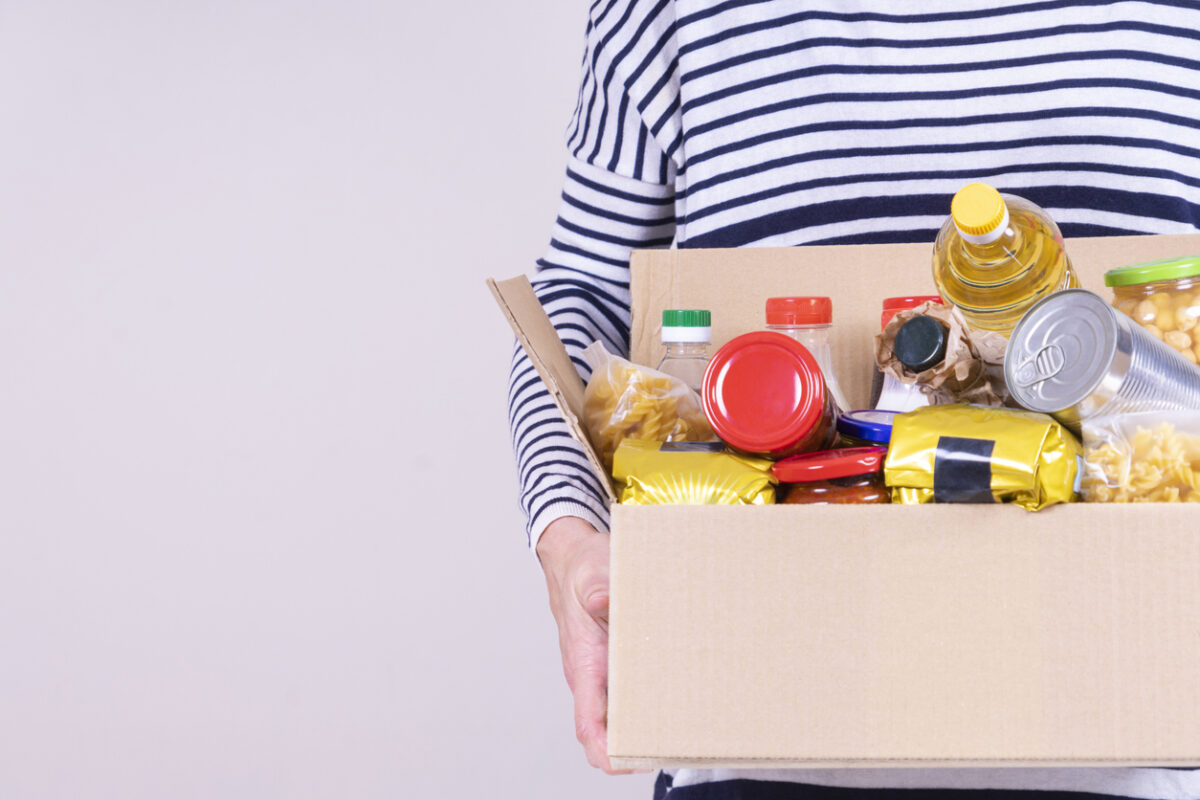How are UK food and beverage investors bringing about sustainable change?

Carlsberg is one of the largest beer brands globally and, because of this, taking the position of Sustainability Manager grants the opportunity to make small changes in how things are done – leading to a fairly significant and positive effect on sustainability efforts. Since 2019, Pete Statham has been doing just that – pushing for small changes that make a big difference.
In this article, based on the podcast “Green Jobs: ‘Investors and customers want more action on sustainability’”, we talk about how making the switch to more sustainable and eco-friendly packaging was a resounding commercial success for Carlsberg and how the company worked with their competitors to develop a beer bottle that uses the lowest amount of carbon in the world to produce.
We interview Pete Statham, Sustainability Manager at Carlsberg Marston’s Brewing Company and Carlsberg Group, who has over 10 years of experience in developing sustainability strategies for some of the world’s largest corporations and brands to make them more green and transparent.
Statham reveals how companies are now coming under more pressure than ever to adhere to better sustainable practices, with this pressure not coming just from customers but their investors too. We also discuss how people in roles like Statham’s should be able to balance sustainable activism with a brain for business – and why this combination could be key to tackling climate change around the world.
Get the full experience by listening to our podcast here
How consumer demand is driving investment in sustainability
Since COP26, many companies have pledged to adhere to the Glasgow Climate Pact to prevent permanent damage to the environment – but what have global brands pledged to do in light of this? Sustainable-minded people like Pete Statham have taken this concept of making companies more sustainable in their stride.
Working as the Sustainability Manager at Carlsberg Marston’s Brewing Company and Carlsberg Group, Statham states that, since the launch of packs of beer without plastic rings, Carlsberg realised that, by making their products more sustainable, they were also making their products more profitable from customers looking for a sustainable option on the market.
“I joined Carlsberg, almost 3 years ago. And when I joined, we had just launched the snack pack, which is our pack of cans without plastic rings; so the cans are stuck together. It launched in September, and I joined in February. And the commercial director at the time sat me down and said that having seen this go into the market, they now see the commercial benefit of it and the need to do more. What else can we do? Because we got relisted in massive retailers, some of our biggest customers through a packaging format, which is fascinating.”
Customer demand for sustainable products is growing year on year – especially with the rise in awareness of environmental issues around the world, with the likes of Extinction Rebellion bringing these issues to the forefront. Statham explains that this trend is growing, and it is evolving not just from a call for a departure from single-use plastics, but also by making other materials and business practices more sustainable.
“In the last six months to a year, I’ve seen the customer demand growing and growing. It started with plastics, now they are asking more questions about carbon and all the other areas of sustainability. Also on the group level, my role is split across the two organisations, the UK and groups that are investors are demanding much more disclosure, more action on specific areas; and that’s speeding things up as well.”
Food and beverage investors are keen to bring about change
Food and beverage brands across the world are having to adapt to make their brands more sustainable and less damaging to the environment to meet the key targets put forward during COP26 – so how are they doing that?
Pete Statham explains that one way these brands are showing that they are dedicated to meeting sustainability targets is by hiring sustainability managers – a role that previously didn’t exist and has the potential to drive some very positive change if this person has the right mindset.
“The role of sustainability manager within a business, or even in a consultancy, is to work with everybody across the business to embed yourself as much as possible and try and make yourself invaluable. When I joined Carlsberg, [sustainability manager] was a new role for the business, so it was very much about building the networks and getting to know everybody.
“There’s an element of needing to be a bit of an activist, knowing where you want to get to and having a belief in it. And there are plenty of people within the business who are environmentalists as well and have the same passion, but you need to be able to talk business and understand where the other people are coming from.
“Our targets are all around sales and increasing sales, increasing listings, if I just go in and say something outrageous about getting rid of single-use glass bottles, they’ll laugh me out of the room. So I think we need to be able to talk to everybody and understand where they’re coming from so that you can get them on the right level.”
Because the topic of sustainability is so complex, how can a sustainability manager like Statham be sure they can bring about change for such large brands? Many brands of today are concerned with how their profits could be affected by bringing radical change – so how can these concerns be mitigated to usher in more sustainable business practices?
Statham explains that one way this can be done is by ensuring the sustainability manager has a mind for business as well as a passion for sustainability – ensuring that the proposals they put forward are not only going to bring about positive change for the environment but also won’t be a loss driver for the brand’s profits or reputation.
“I’m an expert in the field of sustainability. Now, that is not a narrow field at all. In a business like Carlsberg, that covers everything from the energy and water use in the brewery to the trucks that were used to distribute it, and how beer is cooled in outlets. And back before all of that, the farming methods that are used, the type of ingredients we’re using, and all of these areas. So I can’t be an expert in all of those, but being across the board and having a kind of overview of what’s happening on sustainability and what our competitors are doing, what the markets are doing, what our opportunities are.”
Statham explains how this is possible: “I’m looking at everything with these two key things in mind. The first one is that we’ll get as close to our targets as possible. So we have some very ambitious targets around carbon, water, responsible drinking and accidents … then secondly, how will that play in terms of communications and our reputation, and increasing the value of what we’re doing? Ultimately, that commercial point comes back to all of my work, so how can that contribute towards actually performing better as a business? That’s what it comes down to.”
Upon reflection on the massive task at his feet Statham concludes “…sustainability is a complex topic, and I think that the climate part is especially complicated. I think there’s an element of having some expertise within that area, but you can’t be an expert in everything. When I joined Carlsberg, I didn’t know much about packaging at all, and, as you can imagine, over that first six months to a year, I learned an awful lot very quickly.”
Real investments into sustainability prevent ‘Greenwashing’
Significant investment is needed to reach the targets of COP26 – and many business practices across the globe from the world’s largest brands are simply nowhere near sustainable. So, how can brands guarantee that they will meet these targets that have been set out?
Statham explains that one way of bringing about more meaningful change is by making many smaller changes over the years that will eventually have a large impact – with the huge investments towards sustainability having something tangible to show customers for their efforts.
“If you look very specifically at our breweries, we have science-based targets around carbon reduction, zero carbon emissions for our brewers by 2030, doubling water efficiency by 2030. There are areas where we can save a lot of money by using less energy and using less water, but a lot of the easy wins within that have already been made, and those easy wins are the things that don’t require as much investment.“
Statham goes on to mention the costs and development necessary to achieve these goals: “To get towards zero, there’ll be significant investment needed, and some technology that doesn’t yet exist will probably be part of that. Yes, there’s been savings along the way, but to have the transformative change that we need to keep global warming below 1.5 degrees and prevent water scarcity in the UK and globally, we need investment in innovative solutions.”
Referring back to simple wins in the company, Statham says: “That would have been very easy to kind of stick with what we were doing, but that was over three years of investment and over 3000 different types of glue that we tried. It’s a significant investment to make what will then seem like a relatively small change, there’s just an example of where that investment is needed.”
How to bring about more sustainable change in the food and drink industry
The role of sustainability manager is a growing one with more and more brands adopting the role to please their customers, not loose profits, and adhere to the guidelines set out by COP26. So, how can someone interested in bringing about sustainability faster get involved in the food and drink industry?
Statham explains that having a good mind for business and having already worked in different areas of a business is one key bit of experience brands are looking for as they want someone who knows how to look after their profits without making overly radical decisions.
“There are two elements. One is the drinks industry and one is sustainability. I suppose that I’m a sustainability guy rather than a drinks industry guy. It just so happens that I’m within a beer company and I get a lot of people asking if I need a Master’s. You know, how do I get into a sustainability manager role? I think it is about thinking sideways and learning about business.”
Musing on his suitability for an emerging business role, Statham says: “First, I realise I’m not the best guy to say this because I did the opposite, but I think having the experience of working in different areas of the business. If you understand how supply chain and logistics work, you can add a lot of value. Then, within a sustainability role, by transforming the way that works and getting into the details of it.”
But can Statham come up with the solutions? On the expectations put upon him, he says: “I think there are the demands from the business that are now huge, and there is a need for people in my role to be able to bring all that together. I don’t think they’re all receivers and just going anywhere imminently, which is good for me. I’m not the guy that’s gonna go around, turning off the taps in the brewery. We have someone who does that. He’s a utility engineer. And he’s passionate about how we reduce water and electricity, but he fully understands the kind of processes that happen in the brewery and you need a combination of that understanding and passion. And then you need that kind of thing within every role.”
The next big sustainability challenge for food and drink investors in the UK
What is the next big hurdle that needs to be tackled and would provide a boost towards reaching the goals set out at COP26? Statham explains that this next big mission is not something that can be achieved by one brand or industry alone, but it will require a massive investment of time and money into a cross-industrial collaboration.
This would be one tremendous way of bringing about real and undeniable change in favour of the environment – the biggest brands across a whole slew of industries working together to achieve one common goal. “The next big challenge is something that the drinks industry actually does fairly well already, but we certainly could do more and, other industries could certainly do more as well, about kind of coming together and working across industries to tackle these challenges, like climate change because there’s no way that one brewery can fix that, and there’s no way that just brewers can fix it.”
So what impact can collaboration create? Statham adds: “By working together, we can do much more. We can use our voice, then, to influence and improve and strengthen policy, but also the big brewers all use the same suppliers really for lots of our raw materials and our packaging material. In the last year, we’ve worked with one of our glass suppliers, who also worked with a number of our competitors to develop the lowest carbon beer bottle in the world. They powered their furnaces using biofuel and increased the recycled content of the bottle up to 100%, which cut the carbon footprint of the bottle by 90%.”
Concluding on the impact of this inter-industry collaboration, Statham remarks: “[This was because] there was a cross-industry partnership, and together with the government department in a kind of glass futures Initiative. That’s a lovely example of government and business suppliers all working together to completely transform a packaging format. Because, although it might not sound like a transformation at the moment, glass bottles are our highest carbon footprint packaging format; but that has the potential to be flipped to be the lowest.”








